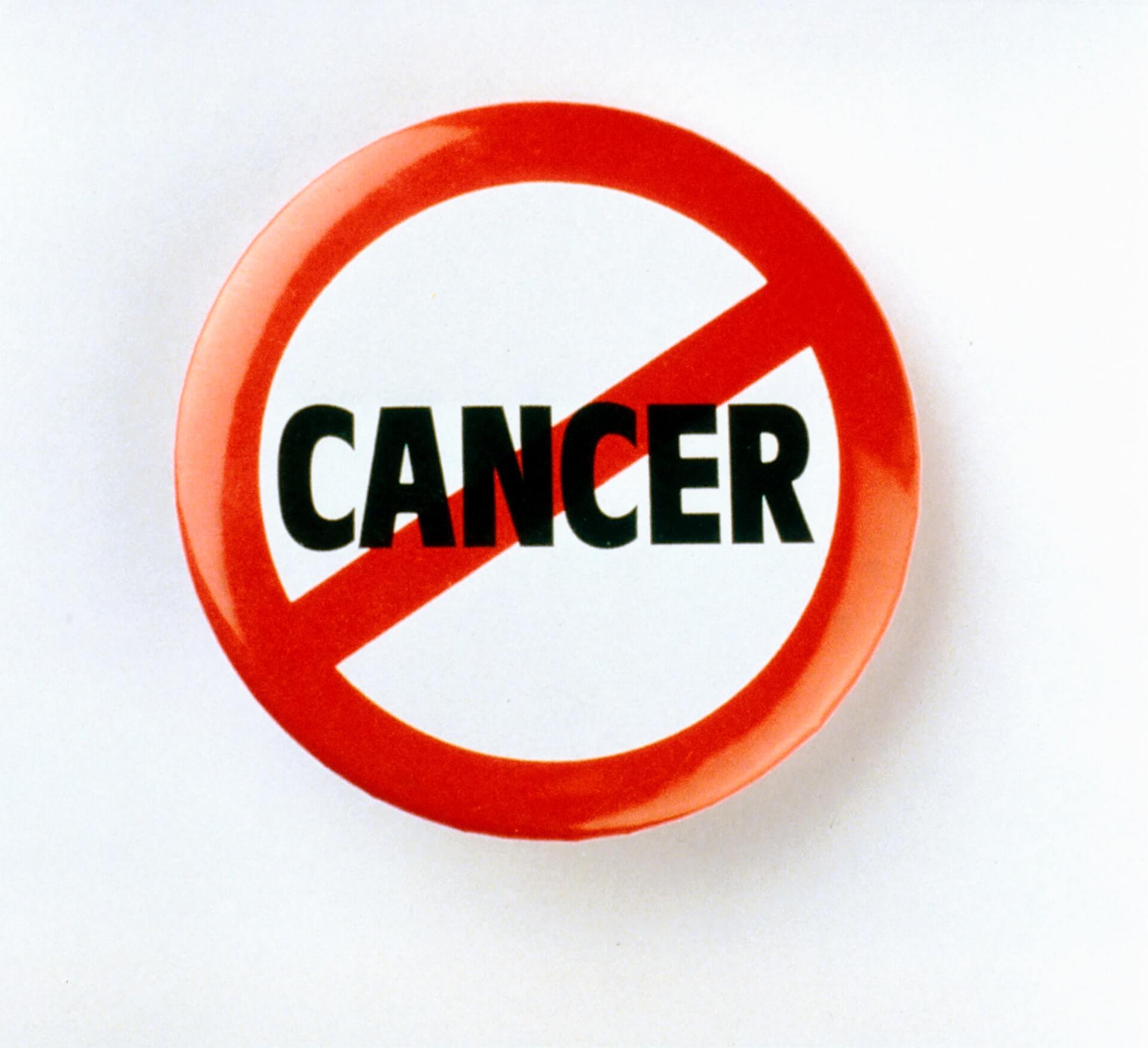Blog
Three charts on: cancer rates in Australia, where liver cancer is on the rise while other types fall
26 June 2017

Liver cancer is a looming health threat in Australia, recent findings from the Australian Institute of Health and Welfare's (AIHW) Burden of Cancer report suggest.
While rates of other cancers are falling or remaining static, liver cancer is the only top ten cancer for which rates increased between 2003 and 2011.
The "burden" of cancer is a measure also called "Disability Adjusted Life Years" (or DALYs), capturing quality and quantity of life. It combines the impact of the number of deaths (and how young people die) and number of people ill from a disease, accounting for how sick or disabled they are and for how long. This allows comparisons across different diseases.
Using "rates" allows comparisons across time, taking account of differences in population numbers and age profiles.
Liver cancer crisis?
While still not a common cancer, making up less than 1.5% of the 125,000 cancer cases diagnosed in 2013, liver cancer rates have increased fivefold since 1982. Action is required due to the poor five-year-survival rate of less than 20%.
But why are diagnosis rates going up?
Unpublished work in progress, which builds on a series of studies by the Cancer Control Group at QIMR Berghofer Medical Research Institute in Brisbane, suggests liver cancer is caused by five main factors.
Tobacco smoking caused 365 liver cancer cases, or about 21% in 2013 in Australia. Hepatitis C virus contributed to 330 cases (19%) of liver cancer. Hepatitis B virus accounted for 281 cases (16%), alcohol 266 cases (15%) and obesity 451 (25%).
What's to blame?
Falling smoking rates suggest liver cancer figures should have been have been higher in the past. Due to the lag time between when people smoked and cancer diagnosis, tobacco is still a leading driver of liver cancer. Current smoking trends leave us optimistic these rates may drop in the future.
Similarly, alcohol consumption is on a modest decline and is unlikely to explain the increase in liver cancer.
Obesity is a different story. Well-documented increases in overweight and obesity will likely be a driver of liver cancer through the pathways of diabetes and non-alcoholic fatty liver disease, a condition where fat accumulates in liver cells.
But the major engine driving increased liver cancer is likely to be the rising prevalence of people infected with hepatitis B and hepatitis C viruses. Chronic hepatitis causes infection and inflammation of the liver, which can lead to scarring called cirrhosis. In some, this leads to cancer.
Around 450,000 Australians live with either hepatitis B or hepatitis C. The two viruses are passed on in quite different ways.
More than 90% of people with hepatitis B virus were born overseas in countries where the virus is common, such as the Asia Pacific or sub-Saharan Africa.
Meanwhile, injecting drug users dominate the 227,000 people with chronic hepatitis C virus in Australia, making up 57% of those affected.
Liver cancer in Indigenous Australians
Aboriginal people are another major group among which hepatitis B virus is endemic and hepatitis C is disproportionately common. High rates of viral infection in these communities (as in any community) are often untreated and tend to persist. This is especially the case when high rates of incarceration, needle sharing and other infection transmission behaviours occur.
While other causes of the disease are also at play, hepatitis rates are likely to be the main culprit to explain disturbing liver cancer rates in Australia's First Nations people. It has become the third-most-common cancer in that group.
Other cancer deaths expected to rise
Liver cancer is predicted to grow to become the fifth-most-common cause of cancer death in 2020 in Australian men and the sixth-biggest killer in women. This will eclipse melanoma as a cause of death.
Higher death rates from pancreatic and brain cancers may be linked to a lack of successful treatment for these cancers. Increased pancreatic cancer mortality is also linked to smoking. Increased lung cancer mortality in women is linked to the higher uptake of smoking by women in the 1970s and '80s. The elevated bowel cancer death rates expected in women do not take into consideration the effect of the government's National Bowel Cancer Screening Program, which should soon start to show benefits in reduced mortality from that cancer.
Averting the "crisis"
Improved efforts to identify and treat people with hepatitis B and C viruses are required to combat liver cancer.
Infant vaccination for hepatitis B virus is making great strides, with participation rates exceeding 90% in general and Indigenous populations. While this is good news, the challenge of reaching inbound migrant communities remains.
Needle exchange programs in prisons and outside are vital strategies to reduce needle sharing - the vehicle for much of the transmission of hepatitis C virus.
Efforts to reduce smoking, obesity and alcohol consumption are under way, but persistence is vital, especially in Indigenous communities. Tools are available to avert the "liver cancer crisis", but we need to use them.
- This article was originally published on The Conversation. Read the original article.
Tags
